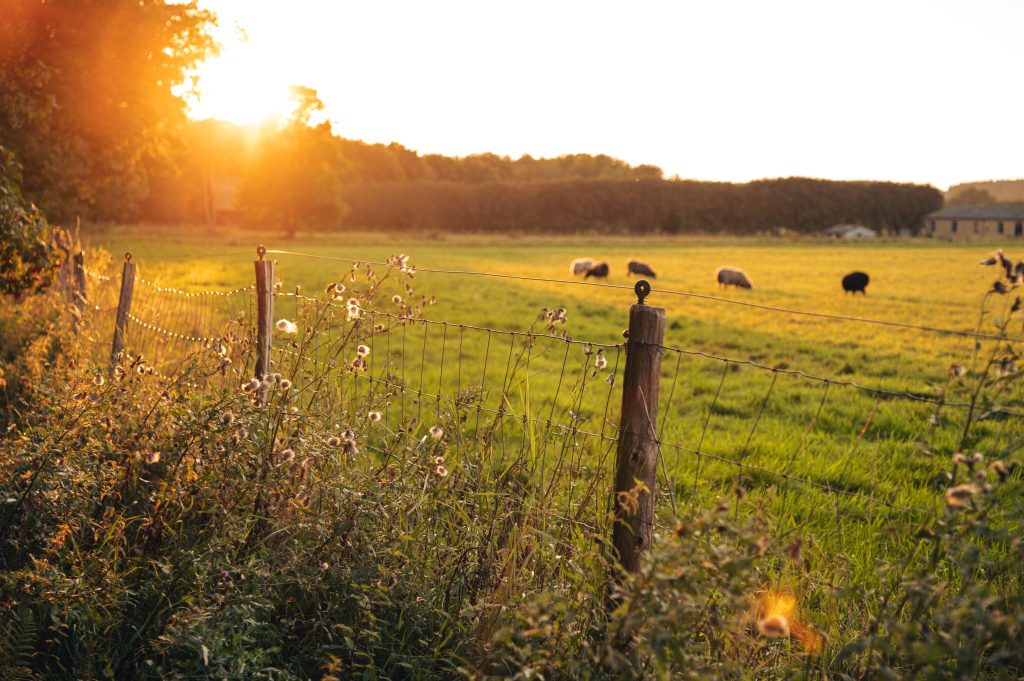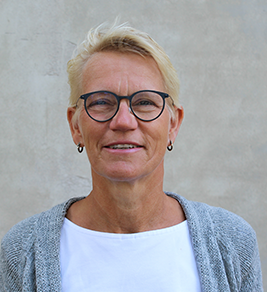Rural areas cover large areas – 80% of the land area in OECD countries. They are home to natural resources, biodiversity and ecosystem services that are necessary to sustain our lives. They provide food and energy, clean air, clean water, clean waste, absorb carbon and provide recreational opportunities.
At the same time, they are now also cornerstones of the green transition, such as the ore industry in northern Sweden that will be based on green energy in the future, seaweed products from the Faroe Islands being used in pig feed, new wooden homes of the future being developed in Finland, biogas being produced from pig manure and green hydrogen being produced for the container ships of the future in Skive.
To do this, the many companies and clusters in the green transition need skilled labour, which is hard to come by. We have found in our research and our many dialogues with Nordic authorities that there is a major mismatch between the supply of skilled labour and the demand from companies in rural areas in all Nordic countries – they are simply crying out for skilled employees.
Rural areas in the green transition
In Norrbotten in Sweden, fossil-free steel will in the future be produced using green energy from hydropower and wind turbines, and further south in Skellefteå, a factory is being built with a billion-dollar investment to produce batteries for electric cars based entirely on renewable energy.
The manufacturing industry in the regions of Västerbotten and Norrbotten is preparing for a climate-responsible direction with SEK 1,000 billion in investments. But this requires a well-educated and skilled labour force, which is why around 100,000 people are expected to move to northern Sweden – from the rest of Sweden and the rest of Europe.
While the contributions to reduced greenhouse gas emissions from our production sectors will mainly be found in rural areas in the future, the reduction of greenhouse gas emissions from consumption will mainly take place in cities.
This is also documented in a recent report from the C40 network of large cities on the future of urban consumption.
The consumption-based analyses of the climate footprint of urban areas include the consumption of not only transport, heating and Danish food, but also clothing, electronics and flights abroad. In other words, what the city’s businesses and citizens use, eat and wear, and how these things are manufactured and transported.

Individual citizen’s CO2 footprint
The figures show that citizens in cities have a greater impact on global emissions than previously thought. At the same time, there is also a close correlation between income and consumption – the more people earn, the more they consume, which was also shown by Finnish Heinonen and Junnila and the C40 report.
Consumption-based CO2 emissions are gaining more and more attention, and globally they are much higher than the area-based ones in most developed countries. The Swedish government is about to adopt the world’s first reduction target for consumption-based greenhouse gas emissions.
The main principle of the calculations is to include all domestic consumption minus exports and plus imports, thus showing the real footprint of the consumer.
For example, in 2019, each Swede emitted approximately 9 tonnes of CO2, while each Dane emitted 11 tonnes of CO2 – higher due to, among other things, higher fossil energy consumption in Denmark. Of the 11 tonnes, almost 7 tonnes come from private consumption for both housing, transport, but also clothing, electronics, food, air travel, etc.
In general, both EU policy, but also Norway’s since the 1990s, has used functional regions as agents for economic activities, while rural areas have been seen as passive places for living, recreation and leisure. This is less the case in Finland, where the focus is on cross-sectoral rural policy with local place-based solutions in line with the OECD’s Rural 3.0.
And to a large extent, the discourse in society also builds on this “outdated” perception, see Gro Marit Grimsruds studies about this in Norway, and Eva Mærsk’s in Denmark.
The city is for jobs, the countryside for relaxation
Rural areas are seen as places where urbanists can seek recreation, leisure, relaxation, and nature, as well as a habitat for the few people out there! Cities are seen as places for jobs and for career-orientated people, especially young people.
Political priorities meanwhile increasingly focus on “greening” cities with investments in clean infrastructure (metro, cycle paths, etc.), attractive space-saving buildings, access to recreational areas in the centre of cities and general densification. But the reality is different!
It is the rural areas that will create growth and innovation in the time ahead to ensure a green future. This means career opportunities for young people and people with skills.
That’s why we need to invest in them – it’s necessary for the climate, green innovation here in the West, and the creative young people of the future.
A Danish version of this post was originally published on 14 April in Altinget.dk: https://www.altinget.dk/by/artikel/forskningsinstitut-for-regional-udvikling-landdistrikterne-er-hjoernestene-for-den-groenne-omstilling


